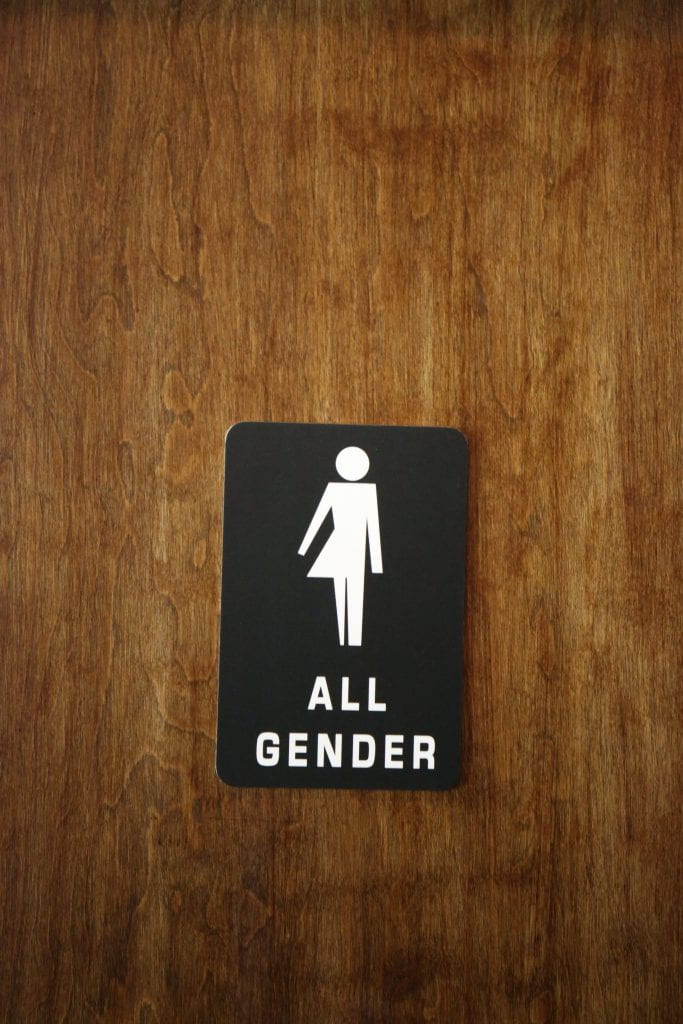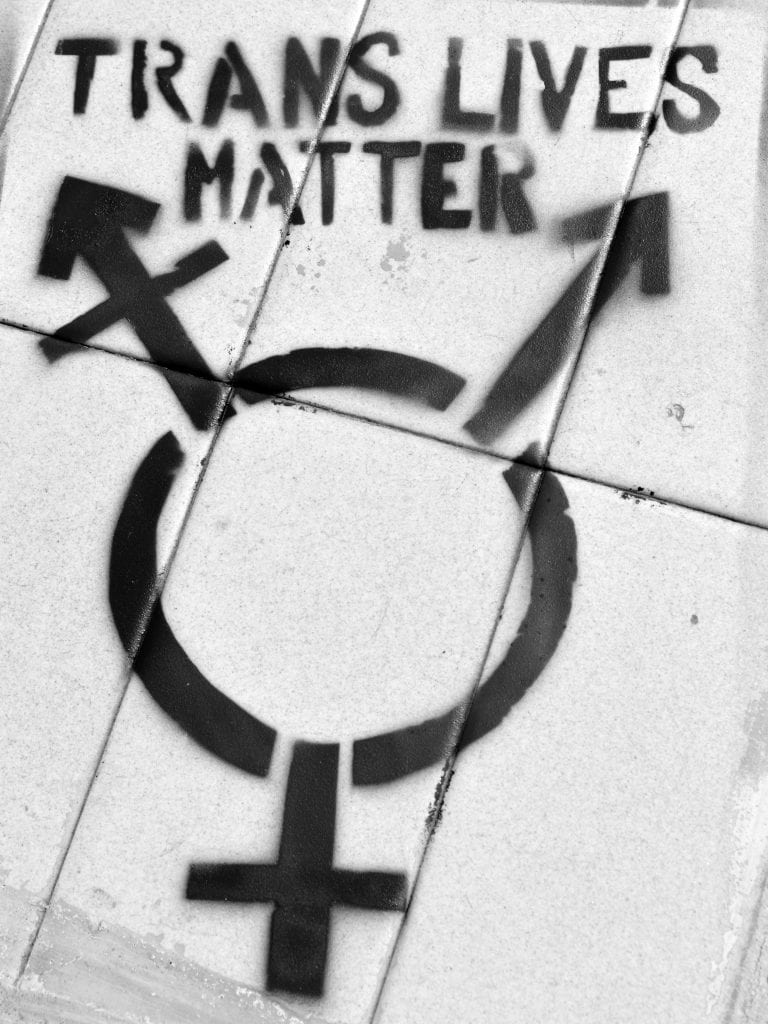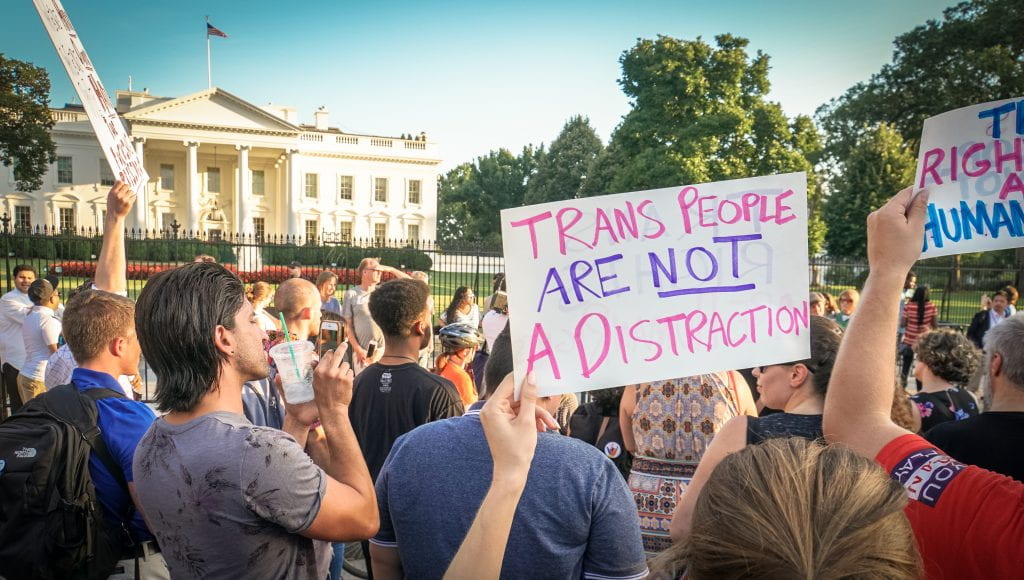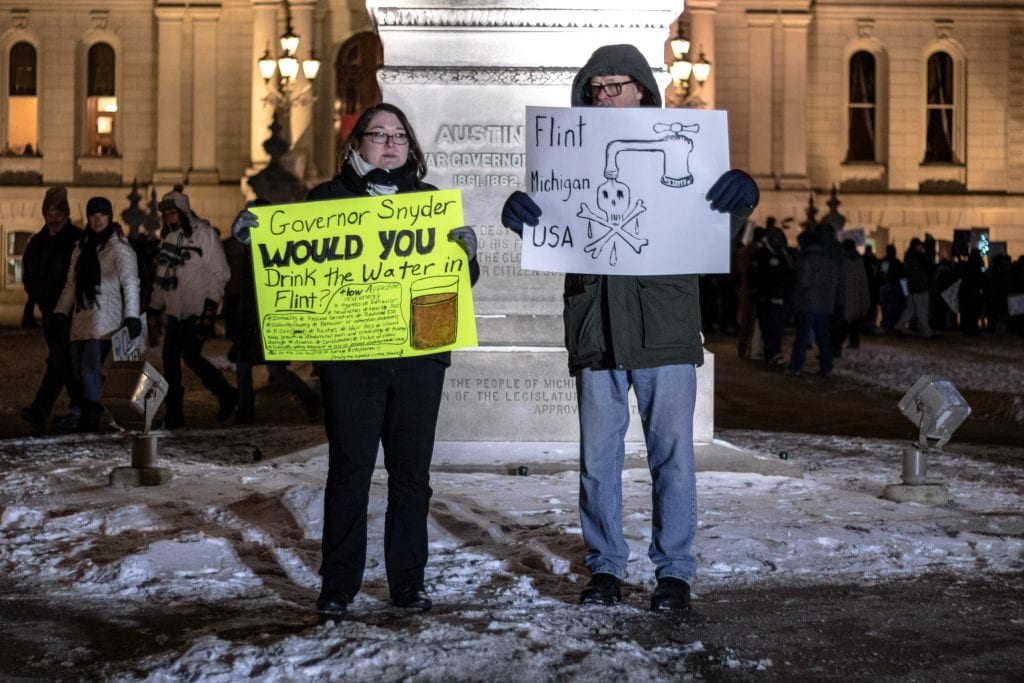Human beings often use words without understanding their full semantics or definition. Torture is one of those words. The reality of torture, in its actual definition and context, will remain an unknown experience for majority of humanity. Torture, for some, is part of their new normal. The purpose of this blog is to look briefly at the human rights violation of torture through the lens of cultural relativism and moral universalism.

A similar story
In 1994, 19-year-old American Michael Fay lived in Singapore. He made international headlines when a conviction of vandalism and sentencing to six lashes by caning became his punishment. Caning is a part of the corporal punishment system in Singapore. Most recently, a Saudi diplomat received caning lashes for molestation. At the time of Fay’s arrest, President Clinton described the punishment as too harsh, and the Singaporean government reduced the lashes to four. Fay received his lashes and returned home. I mention Fay as an entry point for Otto Warmbier.
I followed Warmbier’s case when it began in January 2016. He was a student from the University of Virginia, sentenced by the North Korean government to 15 years of hard labor over offensive behavior while on a backpacking tour in the country. The accusation brought against him of trying to steal a sign from the hotel where he was staying, resulted in an immediate conviction, considering the action as a “hostile act” and attempt to hurt the working class of Koreans by undermining solidarity. Theft in the People’s Republic of Korea (PRK), regardless of object or size, often results in a public execution or beatings in prison camps and schoolyards as a means for deterring future behaviors. He is an enemy of the state.
Amnesty International notes North Korea’s propensity for arbitrary arrests and detentions. The US State department, at the time of his arrest, called for his immediate release, stating the punishment is “unduly harsh” and if he had been in any other country, the incident would not have resulted in this treatment or conviction. Warmbier, after 18 months as a prisoner in North Korea, died on June 19 in Ohio, following a “humanitarian gesture” of release by the North Koreans.
My initial interest in Otto was his reasoning/logic for travelling to the totalitarian “hermit kingdom” without knowledge of the culture. Yes, due to the fact, he is an American citizen, an appeal for his release and return was a correct gesture by the State Department at the time. However, if he was released in January 2016, what would he or anyone else have learned from that exchange? As Americans, we have cultivated and bought into an American exceptionalism ideology that often highlights our ignorance of international cultural norms and behaviors, thereby positioning us with the short end of the stick. Our American exceptionalism repetitively accuses other countries of torturous treatment of prisoners and other Americans, yet we somehow fail to see the plank in our own eye.
Cultural relativism
The men in both cases were accused, convicted, sentenced, and received punishment in accordance of the laws in the nations where they were guests. The US government described both punishments as torturous or unfair treatment. Many comments and explanations made and given spoke of the men’s character; however, no one mentioned about their knowledge of the culture of the country’s they visited (lived in, in Fay’s case) or the choice each man made that resulted in a behavior that was punishable by law. Perhaps these men are innocent of the crimes; only they know.
Sally Engle Merry suggests the misunderstanding over culture and human rights narrows to whether the application of rights is culturally relative or universal. She asserts that “Rights are understood as a uniquely Western idea… Culture, on the other hand, is understood as homogenous, integrated system of belief and values attached to a relatively small and isolated group of people. It was this conception of culture which spawned relativism as a moral perspective. Cultural relativism is the social discipline that comes of respect for differences – of mutual respect.” She concedes our understanding of culture informs our knowledge of rights. The notion of human rights found their basis in the identification and protection of civil and political rights, as determined by cultures willing to uphold the Universal Declaration of Human Rights (UDHR). Since 1948, human rights have expanded, and continue to expand, to include the global collective of humanity, framed and spoken in “the preeminent global language of social justice. The changes correlate with some fluid elements of national cultures like McDonaldization, the use of smartphones and social media; changing and adapting to global influences like globalization. In other words, globalization and the application of human rights are determined by and dependent upon the pliable features of a national culture. PRK remains a significant outlier because of national sovereignty.
In “Human Rights along the Grapevine”, Mark Goodale agrees with Merry using a clarifying caveat. He points out that the writers of the UDHR did so with an “anti-internationalism” delegation in mind. To Roosevelt, the understanding and implementation of the UDHR for citizens in countries closed to creating laws that protected human rights, “a curious grapevine” would bring to pass the information about the new normative system. As individuals learned about their human rights, they could initiate a change in culture, from the bottom-up, which cultivates a new national culture that honors the universality of human rights, through the respect and honoring of human rights on a national level first. He suggests the UDHR provides a standard by which global humanity can identity and measure the protection or violation of human rights under specific governments, particularly regarding repression and subjugation. It is important to know that the UDHR does not and cannot override national sovereignty. National sovereignty reigns supreme when it comes to what takes place within the borders of a country. Do human rights require acceptance on an individual country basis—culturally relative–or should they find recognition and protection through global application? Returning to the Warmbier case, let us look at the accusation of the torture by the US.

Torture: Pot meet kettle
Torture, for Callaway and Harrell-Stephenson, is the most significant human rights violation because it not only violates the individual but also instills a system of fear within a society, removing a sense of security. Several international law, covenants, conventions and declarations conclude that torture is a direct violation of a person’s rights and dignity. Article Five of the UDHR states, “no one shall be subjected to torture or to cruel, inhuman or degrading treatment or punishment”. Article Two of the UN Convention against Torture and Other Cruel, Inhuman or Degrading Treatment or Punishment (CAT) reads, “Each state party shall take effective legislative, administrative, judicial or other measures to prevent acts of torture in any territory under its jurisdiction.” The United States is a state party to the CAT, yet even in the declaration of agreement, there is a stipulation that invokes national sovereignty:
That the United States considers itself bound by the obligation under article 16 to prevent `cruel, inhuman or degrading treatment or punishment’, only insofar as the term `cruel, inhuman or degrading treatment or punishment’ means the cruel, unusual and inhumane treatment or punishment prohibited by the Fifth, Eighth, and/or Fourteenth Amendments to the Constitution of the United States
It is tempting to think totalitarian and authoritarian regimes are uniquely guilty of torturous actions. Bobby Sands of Ireland as well as former prisoners of Guantanamo Bay (Gitmo), and the photographic evidence from Abu Ghraib are reminders that democratic governments, including the US, can also perpetrate human rights violations. Let us briefly discuss Gitmo and Abu Ghraib as examples of how America treats enemies of the state and prisoners of war based upon the conditions the government stated within the CAT.
“It is very, very scary when you are tortured by someone who doesn’t believe in torture…” Ahmed Errachidi
Callaway and Harrell-Stephenson observe that for the Nazis, the removal of Jews to concentration camps brought about an ‘out of sight, out of minds’ perspective to the population. Apuzzo, Fink, and Risen assert the denial of torture as “enhanced interrogation techniques” positions the US as an entity that contradicts its values by employing tactics that stand in direct opposition to those values. In their article, they present the case that the US frequently conducts arbitrary arrests based upon nonexistent or flimsy evidence. Arrests regularly fails to provide due process to those in custody, flagrantly participates in behaviors where the lines remain blurred as “amounted to torture or succeeded in extracting intelligence”, and discard prisoners without explanation or charges to return to their home countries and families as shells of who they once were.
Gitmo is synonymous with the torture of prisoners by the US. Testimonies of former prisoners, interrogators, physicians, and medical and government documentation speak to the humiliating and abusive tactics utilized by American soldiers and CIA personnel to obtain “information” which could be used to capture and prosecute additional enemies of the state. However, as mentioned in the 60 Minutes interview, torture may not result in the victim providing useful information. The prisoner simply says what is necessary to end the suffering.
Former President George W. Bush determined waterboarding, a technique that stimulates the feeling of drowning and induces stress, does not constituting torture. President Obama in 2009 disagreed, banned its use by the US, and sought to close Gitmo during his presidency. During the 2016 election, Donald Trump promised to reinstate waterboarding and torturous acts, stating, “I’d bring back a hell of a lot worse than waterboarding.” The collection of stories in the NY Times piece is consistent with the photographs from Abu Ghraib. The photos taken by American soldiers reveal the dishonoring, degrading, and torturous action inflicted upon prisoners of war in American custody. Given our treatment of prisoners, whether actual enemies of the state or someone arrested due to mistaken identity, America has little credibility when attempting to call out PRK on torture.
The line between cultural relativism and universality is thin. The United States, as active perpetrators of torture and degrading punishment including waterboarding, stands cheek-to-cheek with the country it seeks to name and shame into submission. The Curious Case of Otto Warmbier challenges the authority of national sovereignty and cultural relativism in the light of human rights and their universal application. The call to protect human rights is an all or nothing call; there is no in-between. To stand on the values of truth, justice, and law for one person, one area or country, you must stand for it for all persons, areas or countries.








